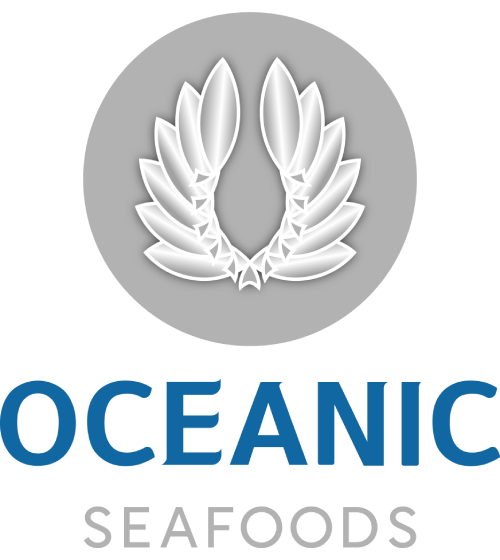It’s hard to determine when and where the earliest fishing took place, or which parts of the world were “first-to-market” when it came to selling fish.
Nonetheless, it is believed that fishing has been around since the era of the caveman. Archeologists have found evidence that humans used spears to catch fish as early as 30,000 years ago! Cave art from prehistoric times found in various parts of the world, including France and Spain, depict of humans hunting and fishing. References from Egypt, Germany and China also include primitive art work that show people in the act of fishing by hand, spear fishing or even using rudimentary fishing lines or nets. It was no coincidence that as fishing grew over the centuries, along with hunting as means of procuring food; early settlements were built along bodies of water throughout most of the world.
A Global Industry Emerges
Unlike many other activities and/ or business ideas which clearly emerged in one part of the world, selling fish as food dates back to Ancient Egypt, Ancient China, Ancient Rome and other ancient civilizations including other parts of Europe. In fact, as far back as the Middle Ages, herring were caught in huge numbers and sold in northern Europe. There is also Vikings selling fish caught during their travels to various parts of Europe.
Businesses emerged in towns near large bodies of water where the fish could be caught in nets, traps or by whatever methods available and sold at local markets. While most early commercial fishing focused on catching and selling fresh fish for the evening’s meal, the need to preserve fish to sell later began to increase as populations grew. Early preservation relied primarily on salt until dry ice became the first choice for preserving fish in the late 19th and early 20th Centuries.
Over the ensuing centuries, fisheries and fishing villages began to emerge globally. Commercial fishing entailed boats and crews that could catch and transport increasingly larger amounts of fish. This led to the emergence of fisheries on shorelines where commercial fishermen would explore new ways to catch, store, transport and sell fish.
The last three centuries, thanks to new inventions and ongoing technology, saw a rise of major cities and regions throughout the world with significant fishing industries. Glauchester, among other cities and towns in New England (USA), as well as Bergen (Norway) Grimsby (Great Britain), Newfoundland (Canada) and various cities in Japan including Tokyo are among a few of the many locales that had a strong impact on the growth of the fishing industry. Twentieth Century technology also brought sonar, nylon nets and longer fishing lines to the fishing industry to benefit fishing efforts.
The Fishing Industry Today
The global fishing market today has become a multi-billion dollar industry led by China, Japan, The United States, India, South Korea, Thailand, and the countries of northern Europe. Japan’s Maruha Nichiro and Nippon Suisan Kaishai, Norway’s Mowi, Thailand’s Tai Union Group, and The United States’ Red Chamber Group and Trident Seafood are among the largest seafood companies in the world.
While China is the leading consumer of seafood, consumption has also grown on a global level. It is estimated that people worldwide are eating twice as much seafood today as they ate half a century ago. This is, in part, because health surveys have touted the benefits of sea food, which is usually lower in calories and cholesterol, while fatty fish such as salmon, mackerel, and sardines are high in omega-3 fatty acids, which help to reduce inflammation and improve heart health.
And yet, while the fishing industry has seen significant growth for centuries, fish populations are shrinking, not because people are eating healthier, but because of overfishing fishing and other unsustainable practices that are depleting the oceans of fish. According to a study by TheWorldCounts, a global ecological and sustainable practices group, “If overfishing does not stop and we fail to implement sustainable fishing practices, the world could run out of seafood as we know it by 2048, leading to severe ecological imbalances, and profound socioeconomic impacts on coastal communities and industries that depend on a healthy marine life.”
Hence, the evolution of the fishing industry needs cooperation from the multitude of people who work in and support the industry. Recent events have also caused more temporary (but still significant) concerns such as the war in the Ukraine, which led to various trade restrictions with Russia, and the shutdown of restaurants during the pandemic – as well as increased supply chain issues.
Looking at the future we at Oceanic Seafood, like so many players in the industry along with the multitude of buyers, chefs, and individuals who rely on seafood, we are concerned. To paraphrase the line from Disney’s Beauty and the Beast, fishing is “as old as time.” Fish are part of earth’s ecosystem, as are the waterways in which they thrive. It’s important not to take fish for granted. Sustainable seafood means keeping our oceans, lake and other waterways clean so that long evolution of fishing continues..


Leave A Comment
You must be logged in to post a comment.